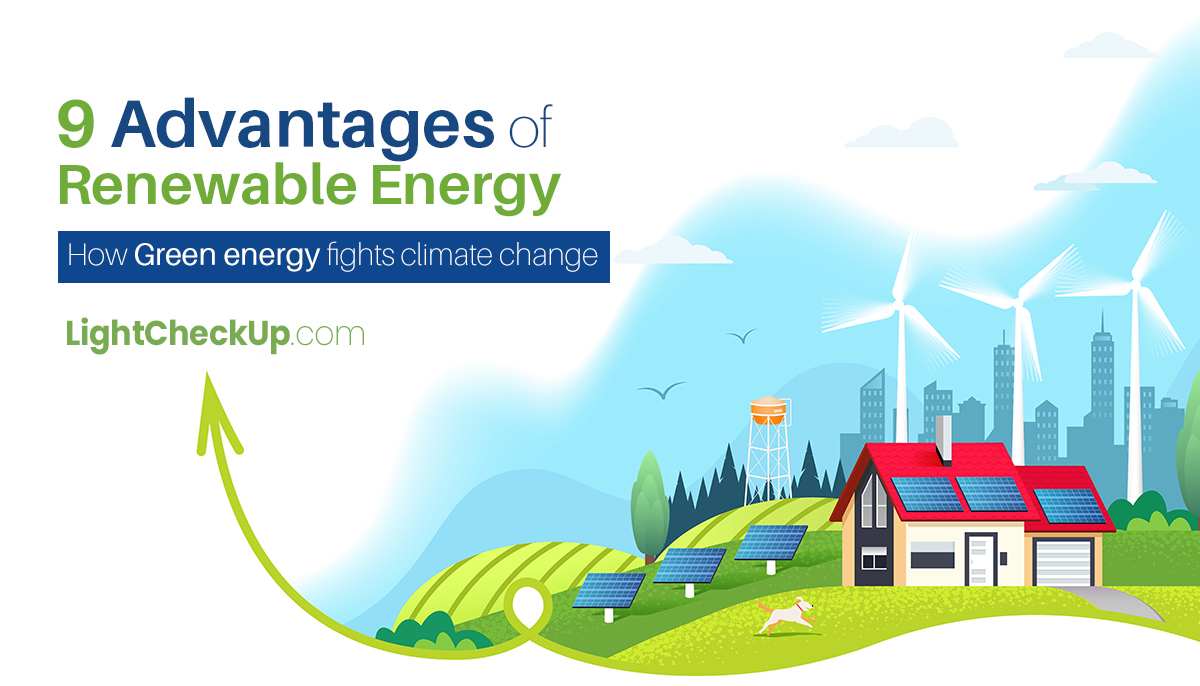Rare earth elements (REEs) are special metals. They play a big role in clean energy systems like solar and storage. But what does REE stand for in rare earth? REEs are a group of 17 metals in the periodic table. They include 15 lanthanides, plus scandium and yttrium. These metals are also known as rare earth metals or rare earth oxides.
They are not rare in the Earth’s crust. But they are hard to find in large amounts. This makes them costly to mine. Let’s explore what REEs are used for and why they matter for solar and storage systems.
What Are Rare Earth Elements (REEs)?
REEs are 17 metals in the periodic table. The rare earth elements REEs list includes lanthanum (La), cerium (Ce), praseodymium (Pr), neodymium (Nd), promethium (Pm), samarium (Sm), europium (Eu), gadolinium (Gd), terbium (Tb), dysprosium (Dy), holmium (Ho), erbium (Er), thulium (Tm), ytterbium (Yb), lutetium (Lu), scandium (Sc), and yttrium (Y).
According to the rare earth elements REEs Wikipedia page, these metals have unique properties. They are magnetic, glowing, and good at speeding up chemical reactions. Scandium and yttrium are included because they act like lanthanides and are found in the same deposits.
REEs are not used directly in solar panels. But they are key in other parts of clean energy systems. They help make solar and storage tech work better. For more details, you can check rare earth elements REEs PDF resources online.
What Are REEs Used For?
REEs have many uses in clean energy. They are vital for solar and storage systems. Here’s how:
Solar Inverters and Converters
Solar panels make electricity in direct current (DC). But the electric grid uses alternating current (AC). Inverters change DC to AC. REEs like yttrium, lanthanum, and cerium oxide are used in ceramic capacitors inside inverters.
Neodymium is used in magnets for sensors and fans. These parts help inverters work smoothly. Converters in solar + storage systems also use REEs to manage voltage and current.
Battery Energy Storage Systems (BESS)
Big batteries store solar energy for later use. They need cooling systems to stay safe. Neodymium and dysprosium make strong magnets for fans and pumps.
Cerium and lanthanum are used in sensors to check battery temperature.
Even small amounts of REEs are critical to prevent overheating. This makes batteries reliable for homes and grids.
Grid Infrastructure
The electric grid needs smart systems to manage power. Sensors and actuators in smart grids use REEs. For example, neodymium magnets are in motorized switches and tap changers. These help control electricity flow. REEs make grid systems smaller, stronger, and more efficient.
For more rare earth elements REEs notes, check trusted sources like the U.S. Geological Survey.
Read Also: What benefits do solar and wind power have over the use of fossil fuels?
Why Are REEs Important for Clean Energy?
REEs make clean energy systems better. Their special properties improve efficiency, durability, and performance. For example, neodymium magnets are small but very strong. This helps make compact inverters and batteries. Cerium and lanthanum help sensors work accurately. Without REEs, solar and storage systems would be less reliable.
As more solar panels and batteries are used, REE demand will grow. A recent post on X said REE demand could triple by 2035 due to electric vehicles and wind energy.
Rare Earth Deposits by Country
China leads the world in REE production. It has about 38% of global reserves, around 44 million tons. It produces 70% of mined REEs and 87% of refined REEs. Other countries with big deposits include Vietnam (16%), Brazil (15%), Russia (15%), and Canada (11%). The U.S. has about 13 million tons of reserves. India has the fifth-largest REE resources, with 13.07 million tons, mostly in monazite sands.
Rare earth elements in India are found in coastal areas like Andhra Pradesh, Odisha, Kerala, Tamil Nadu, Maharashtra, and Gujarat. Inland deposits are in Jharkhand, West Bengal, and Tamil Nadu. But India mainly has light REEs, not heavy ones.
Challenges with REEs
REEs are hard to mine and process. They are spread out in small amounts, making extraction costly. China controls most of the refining process. Even U.S. mines, like Mountain Pass in California, send materials to China for processing.
This creates supply chain risks. For example, in 2010, China limited REE exports to Japan, causing price spikes. The U.S. imports 80% of its REEs, with 70% from China. This makes the U.S. depend on China for clean energy tech.
Mining REEs can also harm the environment. It can destroy habitats, pollute water, and create radioactive waste. New methods, like recycling REEs from waste, are being explored to reduce these impacts.
Building a Stronger REE Supply Chain
The U.S. is working to reduce reliance on China. The Department of Defense has invested in MP Materials to boost domestic processing.
The Trump administration is speeding up permits for REE mining. Other countries, like Australia and Canada, are also increasing production. India is developing its REE resources to support its manufacturing sector by 2030.
Recycling REEs from old electronics and mining waste is another solution. This could lower costs and environmental harm. Research is also looking at replacing REEs with other materials. But for now, REEs are hard to replace in solar and storage systems.
Read Also: US Energy Department announces Clean Energy Corps
Fun Facts About Rare Earth Elements Periodic Table
- REEs are in Group 3 of the periodic table, including the lanthanide series (elements 57–71).
- Scandium (Sc, atomic number 21) is the lightest REE.
- Cerium (Ce) is as common as copper in the Earth’s crust.
- Promethium (Pm) is radioactive and does not occur naturally.
- Thulium (Tm) is the rarest REE, but still 200 times more common than gold.
For a full rare earth elements periodic table guide, check educational websites or rare earth elements REEs Wikipedia.
Conclusion
Rare earth elements (REEs) are not in solar panels but are key to solar inverters, battery storage, and grid systems. Their unique properties make clean energy systems efficient and reliable.
But the U.S. and other countries depend heavily on China for REEs.
Building local supply chains and recycling are important steps to reduce this reliance. As solar and storage grow, REEs will remain critical.
Learn more from rare earth elements REEs PDF resources or trusted sites like the U.S. Geological Survey.




